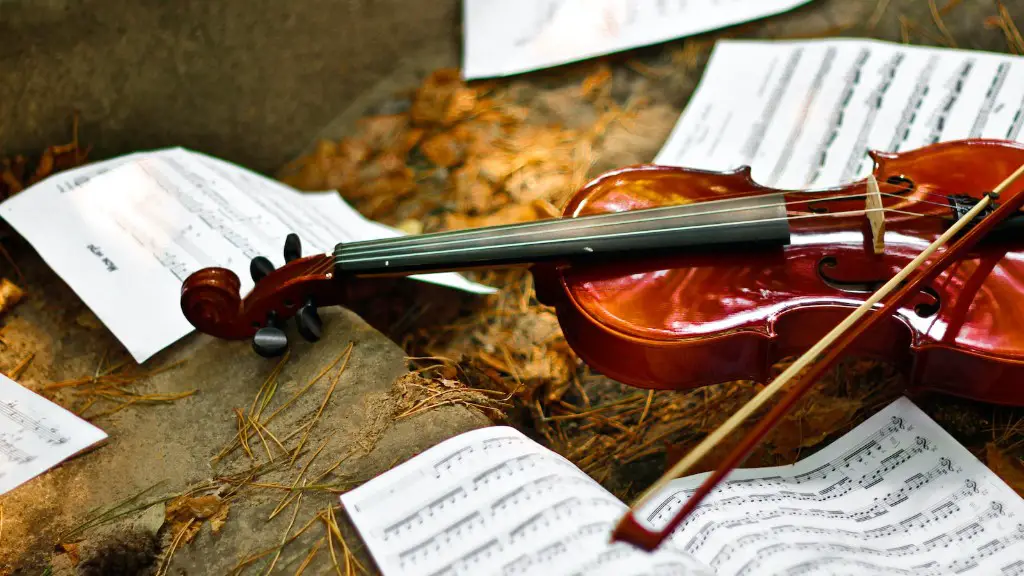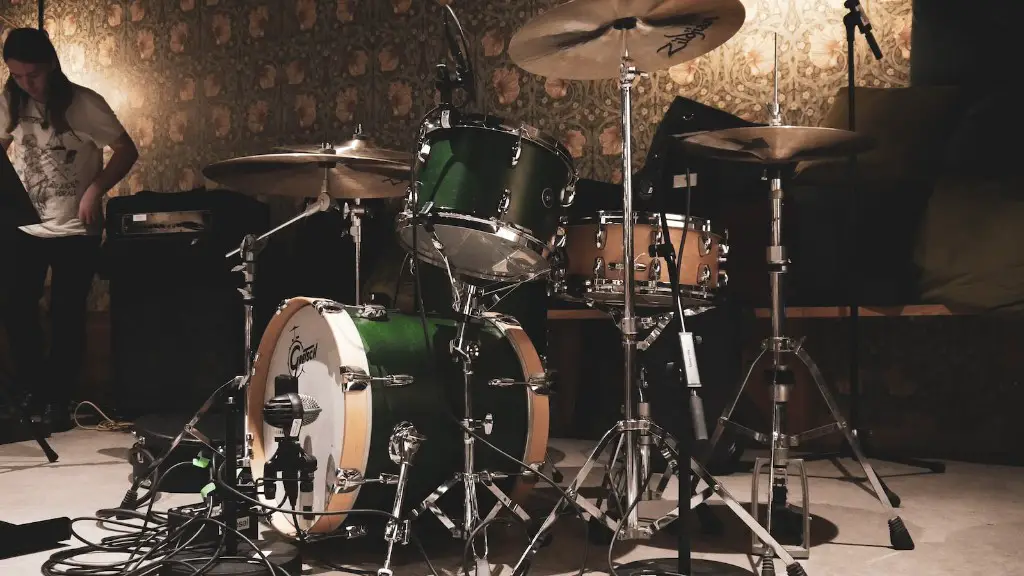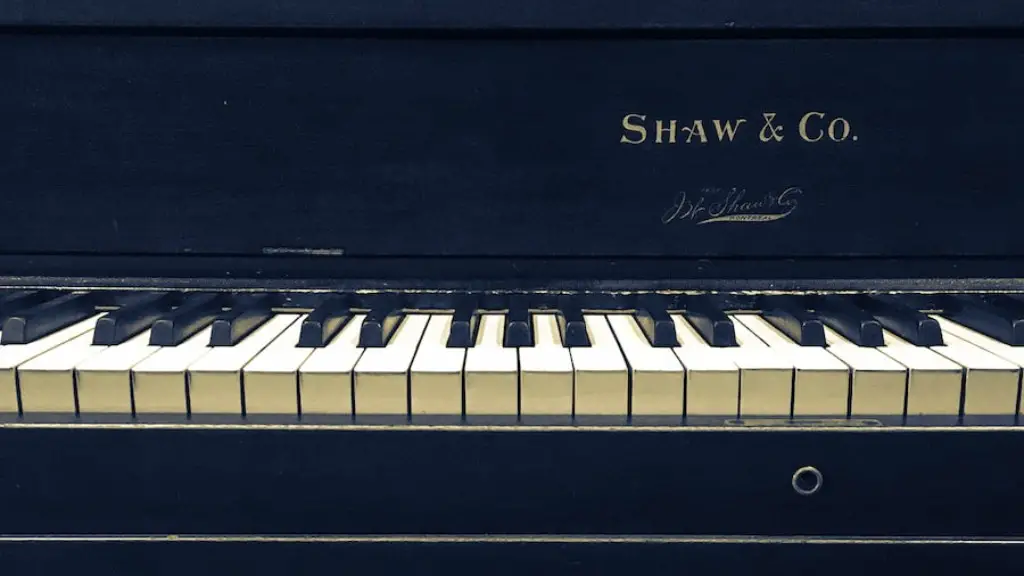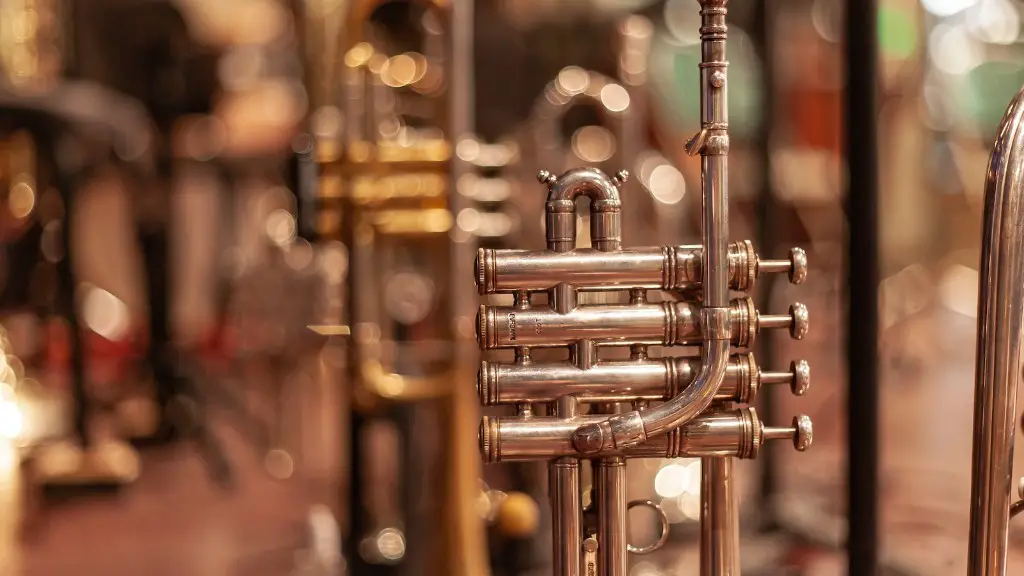Playing the violin can be a great way to express yourself musically, and it’s an instrument that anyone can learn. Fiddling is an especially enjoyable form of violin playing that can be used in a variety of musical genres like folk and bluegrass.
Getting started with fiddling on the violin is relatively straightforward, but you’ll need to understand some basics first. You’ll need to know how to read music and be familiar with how the instrument works. It’s also essential that you have the right equipment, such as a good quality violin, bow, rosin, shoulder rest, and other accessories.
Once you have all the equipment ready, you can begin practicing basic techniques like bowing and fingering. Start by trying out some simple melodies on your own before moving onto more complex pieces. You should also practice scales and arpeggios regularly in order to improve your technique and accuracy. Additionally, it’s important to listen to other fiddlers in order to get an idea of how they play their pieces.
With enough practice and dedication, you’ll eventually gain the skills necessary to become a competent fiddler on the violin!
Learn Proper Posture
Proper posture is an essential technique for playing the violin. When sitting, one should ensure that their feet are placed firmly on the floor and their back is straight. The violin should rest securely on the left shoulder and be held firmly in place with the neck of the instrument resting against the side of the chin. The chin should be held up high, as if looking straight ahead. To ensure proper placement of your bow hand, it should be placed on the frog (the handle) of the bow and your thumb should be positioned directly behind your index finger. It is also important to keep your elbow in a relaxed position and make sure that you are not gripping the bow too tightly. Finally, keep your fingers curved slightly inward when pressing down on strings.
Remember that practicing good posture will help you play with better tone quality, intonation, and accuracy. With practice, maintaining proper posture while playing will become second nature! Practicing with a metronome can also help you develop good playing habits.
Understand How to Hold the Bow
Learning how to hold the bow is an essential step in playing the violin. It is important to hold it correctly so that you can get the best sound and control out of your instrument. The bow should be held so that your thumb is resting against the frog, which is the widest part of the bow. Your index and middle fingers should be lightly touching each other near the tip of the bow, while your ring finger and pinky should be lightly resting on the stick. Make sure your grip is loose and relaxed, as a tight grip can limit how much movement you are able to make with your bow. Practice playing with a light pressure on the strings and gradually increase it as you become more comfortable.
Once you have established a good grip, use your arm muscles to move from one note to another as you play. Make sure that you are moving from your shoulder and elbow joints rather than just using your wrist muscles. This will help ensure that you have control over where you place your bow across the strings for each note. It will also help you develop good technique which will serve as a strong foundation for more advanced violin playing.
Tune Your Instrument
Violin is one of the most popular musical instruments. Fiddling on the violin can be a challenging task, but with the right tips and tricks, you can learn to play it with ease. The first step is to tune your instrument properly so that it produces the right sound. Tuning involves adjusting the tension of each string until it produces the desired note. You can use a tuner or an app to help you tune your violin. Once your violin is tuned, you can start practicing scales and arpeggios. Pay attention to the fingerings and bowings as they are essential elements in producing a good sound. Furthermore, you need to practice regularly so that your fingers become more adept at producing notes and chords. With enough practice and dedication, you will soon be able to fiddle on the violin with ease!
Practice with Scales and Exercises on Violin
Learning to fiddle on the violin can be a fun and rewarding experience. It is important to practice scales and exercises regularly to build up the skills you need to play this beautiful instrument. Scales are a great way to learn how the violin works and to build up your technique. They also help you learn how different intervals sound when played on the violin. Exercises are another important practice tool for developing good dexterity, accuracy, and speed when playing the violin.
To get started with practicing scales and exercises, first find a range of notes that you feel comfortable playing. Start by playing simple scales in different keys, such as major or minor scales. Once you have mastered these, try some more complex scales such as modes or arpeggios. As you progress in your practice, gradually increase the speed and difficulty of your scale work until you feel comfortable with more complex pieces.
Once you have mastered scales, start practicing some basic exercises such as bowing patterns, string crossings, double stops, slurs, trills and pizzicato patterns. These will help develop your technique further. As you progress in your practice sessions, focus on increasing speed and accuracy with each exercise. Once comfortable with these basic techniques, start learning some easy pieces of music. This will help put all the techniques into context as well as give you something to work towards when practicing.
Practicing scales and exercises is key for mastering the violin. With patience and dedication, it is possible to become a great fiddler with enough practice!
Master Bowing Techniques
Fiddling on the violin is a skill that takes time and practice to develop. Mastering bowing techniques is an essential part of playing the violin and developing a unique sound. In order to become proficient, it’s important to understand different bow strokes and how they are performed. The most common bow strokes include legato, martelé, spiccato, and staccato.
Legato is a smooth bowing technique used to create continuous sound. This is done by making sure the bow stays in contact with the string while playing each note. Martelé is a powerful stroke that requires bouncing the bow off of the string. This creates an aggressive, sharp sound that can be used to emphasize certain notes in a piece.
Spiccato requires lifting the bow off of the string after each note. This creates a bouncy, light sound that is often used in faster passages of music. Staccato is similar to spiccato; however, it requires more force while lifting the bow off of the string. This creates a more distinct articulation between notes and can be used for dramatic effect.
Practicing these different bowing techniques can help improve overall accuracy and consistency when playing on the violin. Learning how to control them will also help create unique sounds when performing pieces of music.
With enough practice, mastering these bowing techniques will become second nature and your skills as a violinist will greatly improve!
Develop Your Intonation Skills
Fiddling on the violin is an art form, and developing your intonation skills is key to making beautiful music. Intonation is the ability to accurately play notes in tune. To help you get started, here are some tips and techniques to help you develop your intonation:
Start by listening carefully to yourself as you play. Notice any areas where you need improvement and focus on those. Also, make sure that you are using proper technique when playing, as this will affect the accuracy of your intonation.
Practice scales and arpeggios slowly and accurately. This will help you become more familiar with playing in tune and will also help improve your overall technique. Additionally, try to listen to recordings of professional violinists and imitate their sound. This will help you hear what it should sound like when played accurately.
Finally, use a metronome or tuner while practicing so that you can ensure that each note is in tune and that your timing is accurate. With regular practice using these methods, you can develop your intonation skills until they are up to a professional level!
The End
Fiddling on the violin is a great way to have fun and express yourself musically. It requires practice and patience, but with enough time and effort, anyone can learn how to fiddle. It takes dedication, but the rewards are worth it. From learning how to hold the instrument correctly to mastering bowing techniques, with some hard work and perseverance, you can become an outstanding violin fiddler. So pick up your violin, take a lesson or two, and get started on your fiddle journey today!





